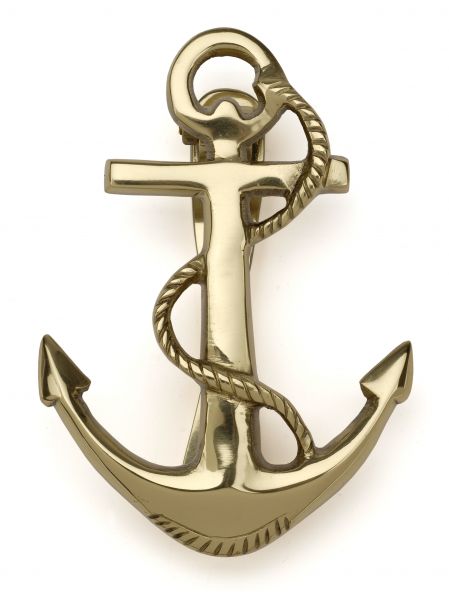In late August 1939, the Queen Mary was on a return run from New York to Southampton. However, the international situation led to her being escorted by the battlecruiser HMS Hood. She arrived safely, and set out again for New York on 1 September. By the time she arrived, the Second World War had started and she was ordered to remain in post until further notice alongside the Normandie. In 1940 the Queen Mary and the Normandie were joined in New York by Queen Mary's new running mate Queen Elizabeth fresh from her secret dash from the Clydebank. The three largest liners in the world sat idle for some time until the Allied commanders decided that all three ships could be used as troopships (unfortunately, the Normandie would be destroyed by fire during her troopship conversion).
The Queen Mary left New York for Sydney, where she, along with several other liners, was converted into a troopship to carry Australian and New Zealand soldiers to the United Kingdom. Eventually joined by the Queen Elizabeth, they were the largest and fastest troopships involved in the war, often carrying as many as 15,000 men in a single voyage, and often travelling out of convoy and without escort. During this period, because of their wartime grey camouflage livery and elusiveness, both Queens received the nickname "The Grey Ghost". Their high speed meant that it was virtually impossible for U-Boats to catch them. Once, Germany was nearly successful; whilst the Queen Mary was in South American waters, a radio signal was intercepted which indicated that spies had reported her last refuelling stop and a U-Boat was waiting on her line of voyage. After being alerted, the Queen Mary changed course and escaped.
On 2 October 1942, Queen Mary accidentally sank one of her escorts, slicing through the light cruiser HMS Curacoa off the Irish coast, with the loss of 338 lives. Due to the constant danger of being attacked by U-Boats, on board the Queen Mary Captain C. Gordon Illinsworth was under strict orders not to stop for any reason, the Royal Navy destroyers accompanying the Queen were ordered to reverse course and rescue any survivors.
In December 1942, the Queen Mary was carrying exactly 16,082 American troops from New York to Great Britain, a standing record for the most passengers ever transported on one vessel. While 700 miles from Scotland during a gale, she was suddenly hit broadside by a rogue wave that reached a height of 28 metres (92 ft). An account of this crossing can be found in Walter Ford Carter's book, No Greater Sacrifice, No Greater Love. Carter's father, Dr. Norval Carter, part of the 110th Station Hospital on board at the time, wrote that at one point the Queen Mary "damned near capsized... One moment the top deck was at its usual height and then, swoom! Down, over, and forward she would pitch." The incident inspired Paul Gallico to write his story, The Poseidon Adventure, which was later made into a film by the same name, using the Queen Mary as a stand-in for the SS Poseidon.
During the war, the Queen Mary carried British Prime Minister Winston Churchill across the Atlantic for meetings with fellow Allied forces officials, he would be listed on the passenger manifest as "Colonel Warden" and insisted that the lifeboat assigned to him had a .303 machine gun fitted to it so he could "resist capture at all costs".

No comments:
Post a Comment